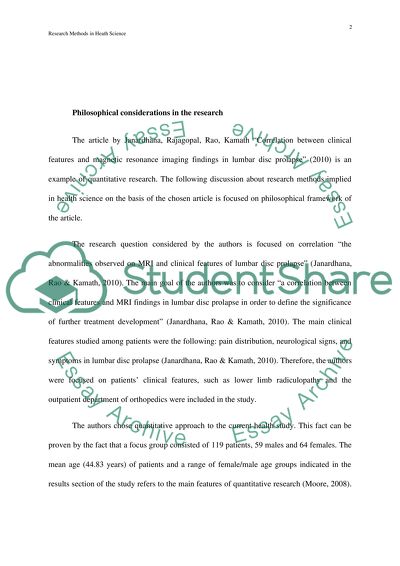Cite this document
(“Research Methods in Health Science Essay Example | Topics and Well Written Essays - 2000 words”, n.d.)
Retrieved from https://studentshare.org/environmental-studies/1415792-research-methods-in-health-science
Retrieved from https://studentshare.org/environmental-studies/1415792-research-methods-in-health-science
(Research Methods in Health Science Essay Example | Topics and Well Written Essays - 2000 Words)
https://studentshare.org/environmental-studies/1415792-research-methods-in-health-science.
https://studentshare.org/environmental-studies/1415792-research-methods-in-health-science.
“Research Methods in Health Science Essay Example | Topics and Well Written Essays - 2000 Words”, n.d. https://studentshare.org/environmental-studies/1415792-research-methods-in-health-science.


